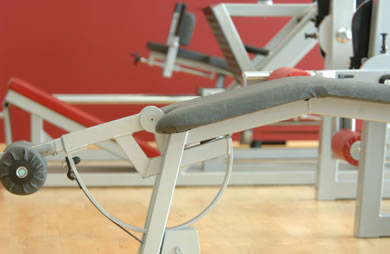|
When I was in high school, there was an area of the cafeteria called the “Ho Ho Room”. It was full of candy, cookies, ice cream and any other treat you might want for lunch. I’m not sure if the Ho Ho Room still exists, but it was always a popular destination for those looking for something sweet to go with their meal. When I was that age, the idea of eating fruit as the sweet part of the meal never even occurred to me. But maybe it would have if the fruit were in a different part of the cafeteria. A new study showed that moving the fruit bowl to a different spot increased fruit consumption by over 100%. The study, conducted by researchers at Cornell’s Center for Behavioral Economics in Child Nutrition Programs, looked at school cafeterias and where their fruit was located. In three schools, fruit was in stainless steel bowls under a sneeze guard, making it difficult to see. By putting the fruit in better looking bowls near the cash register (in the area where kids are most likely to wait when there is a line), they were able to increase purchases by a whopping 103%, far exceeding expectations. Kids were much more likely to buy when they spent time looking at the fruit and its pleasant presentation. According to researchers, “previous studies have found that simple steps, such as closing the lid on ice cream freezers, can significantly reduce the number of students choosing ice cream. They've also found that introducing a salad bar can help schools increase school lunch participation.” Other studies have looked at lighting in the cafeteria to see how that affects choices. Techniques like these have been successfully used in grocery stores, and now might be applied to a slightly different audience. To be fair, it’s not clear how many children on average were eating the fruit before the study began. If five pieces were purchased per day and now the number is 10, that’s probably still a very small percentage of the total number of kids buying food in the cafeteria. On the other hand, it’s five more kids than were eating fruit before, and it was a simple and easy change to implement. Sometimes a little creativity can go a long way. What do you think? |
More From SparkPeople
|





/d24fe519-442c-4570-b6ae-e2e714a8fe92.jpg)







.jpeg)
